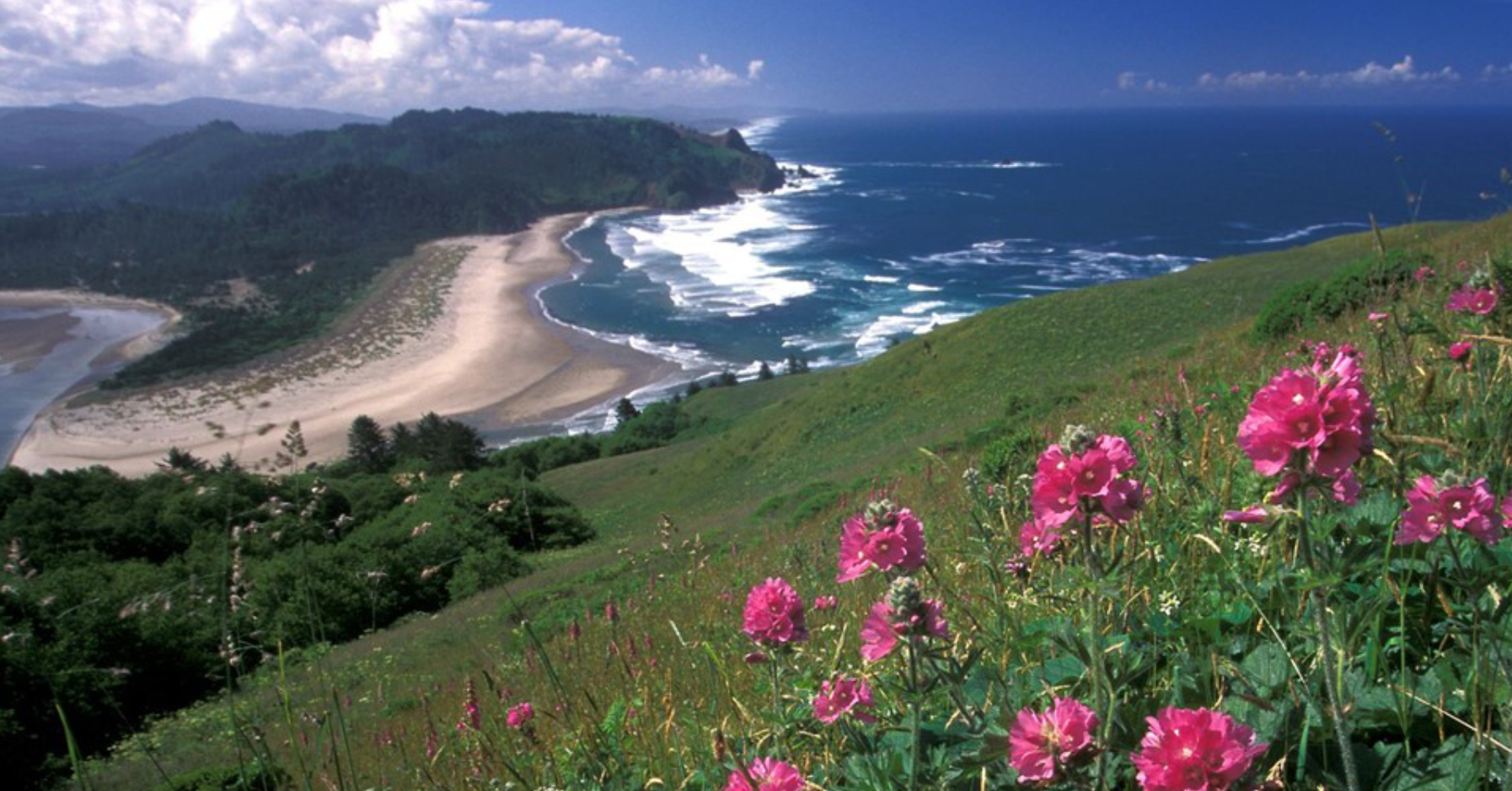
Photo Credit: The Nature Conservancy
Conservation in Practice with The Nature Conservancy
Using the Conservation Standards to secure habitat for the Oregon silverspot butterfly
Third place in the 2016 Case Study Competition
by TNC
The Oregon silverspot butterfly (Speyeria zerene hippolyta) is a captivating and endangered species found along the Pacific coast of North America, primarily in the state of Oregon. Known for its exquisite beauty, this butterfly features stunning silver spots on its upper wings, which contrast beautifully with dark, velvety hues. Unfortunately, habitat loss due to urban development and the decline of its larval host plant, the early blue violet, have severely impacted its populations. Conservation efforts are crucial to protect this delicate creature, ensuring its survival and preserving the ecological balance of its unique coastal habitats.
The Oregon silverspot butterfly, the focus of much of The Nature Conservancy’s activity at Cascade Head, used to occur in coastal grasslands from southern Washington to northern California, but now four populations remain, including the one at Cascade Head and now severely at risk.
Silverspot larvae feed almost exclusively on Viola adunca, the western blue violet, an early successional species that requires disturbance to prosper. Conceptual models of their ecological requirements identified altered fire regimes and invasive non-native plants as key threats.
Field experiments from 1994 to 1999 to compared two management options; fall burning and fall mowing followed by raking, with an unmanaged control to test the response of butterfly resources (nectar and food plants) and the overall plant community, especially invasive non-natives. This showed that a single fall burn of non-native grassland maintained the existing degraded community rather than restoring its native composition, but did have a positive effect on the violets.
As a consequence, management-scale burns were introduced in 1998, along with further research into timing and intensity of burns, plus active restoration methods to tip the balance more towards the favored native plant species.
Despite these management changes, though, the silverspot’s population crashed in 1993 and again in 1998 and the outlook remained bleak. Captive breeding commenced in 2002 and releases continued through 2012. Monitoring after the cessation of captive release indicated that this approach did not yield a permanent, but only a temporary population increase. The population remain imperiled and research continues.
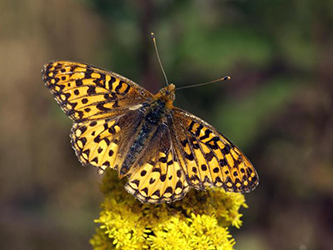
The Oregon silver spotted butterfly.
Photo credit: Oregon Zoo
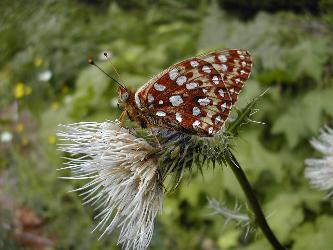
The Oregon silver spotted butterfly. Photo credit: USFWS
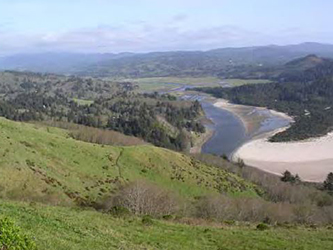
The Salmon River. Photo credit: TNC
The Nature Conservancy’s (TNC) Cascade Head Preserve is a remarkable coastal sanctuary located in Oregon, USA. Covering over 2,600 acres, this pristine preserve encompasses diverse habitats, including lush forests, meadows, and stunning coastline. This preserve sits in the Salmon River Watershed, an important place for the conservation of biodiversity in the Pacific Northwest Coast Ecoregion. Because of this, TNC brought together a diverse group of stakeholders in 2006 who used the Open Standards to develop the Salmon River Conservation Action Plan.
Using the Conservation Standards helped TNC and their partners to make management decisions, including eliminating some ineffective management actions.
“Using the Open Standards planning methods provides a compelling approach for bringing diverse stakeholders to the table and getting all land managers in an area on the same page and working towards shared goals using coordinated strategies.”
The Nature Conservancy’s full body of work regarding this project is available to be viewed on Miradi.
More about The Nature Conservancy
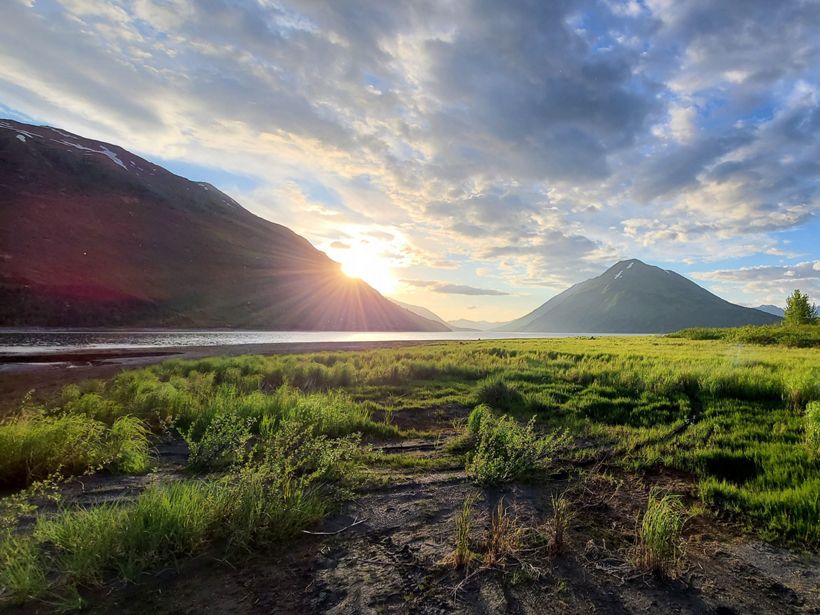
Founded in the U.S. through grassroots action in 1951, The Nature Conservancy (TNC) has grown to become one of the most effective and wide-reaching environmental organizations in the world. Thanks to more than a million members and the dedicated efforts of their diverse staff and over 400 scientists, they impact conservation in 79 countries and territories: 37 by direct conservation impact and 42 through partners. The Nature Conservancy is a global environmental nonprofit working to create a world where people and nature can thrive.
Photo credit: The Nature Conservancy
Download CS
The Conservation Standards is the product of inputs, field tests, and discussions among members of the Conservation Measures Partnership (CMP), which has final editorial authority over the Conservation Standards. Substantial input was also provided by members of the Conservation Coaches Network (CCNet) and other CMP partners.
Photo Credit: Felix Cybulla
Support CS
The biodiversity conservation community is tackling large, complex, and urgent environmental problems where the stakes are high. However, we don’t have a fully functional system to assess the effectiveness of our actions. Without more rigorous measurement of effectiveness and disciplined recording of our efforts, we cannot know or demonstrate that we are achieving desired results.
Photo Credit: Felix Cybulla
Our Collaborators
Every organization, agency, project, and individual has its own preferred set of terms. There is no right answer – the most important thing is that the members of your project team and the people with whom you work have a clear and common understanding of whatever terms you choose to use.
Photo Credit: Chris Scarffe
Contact Us
To inquire about supporting Conservation Standards (CS) or for general inquiries, please contact us at CMPinfo@ConservationMeasures.org
Photo Credit: Nature Conservancy of Canada
